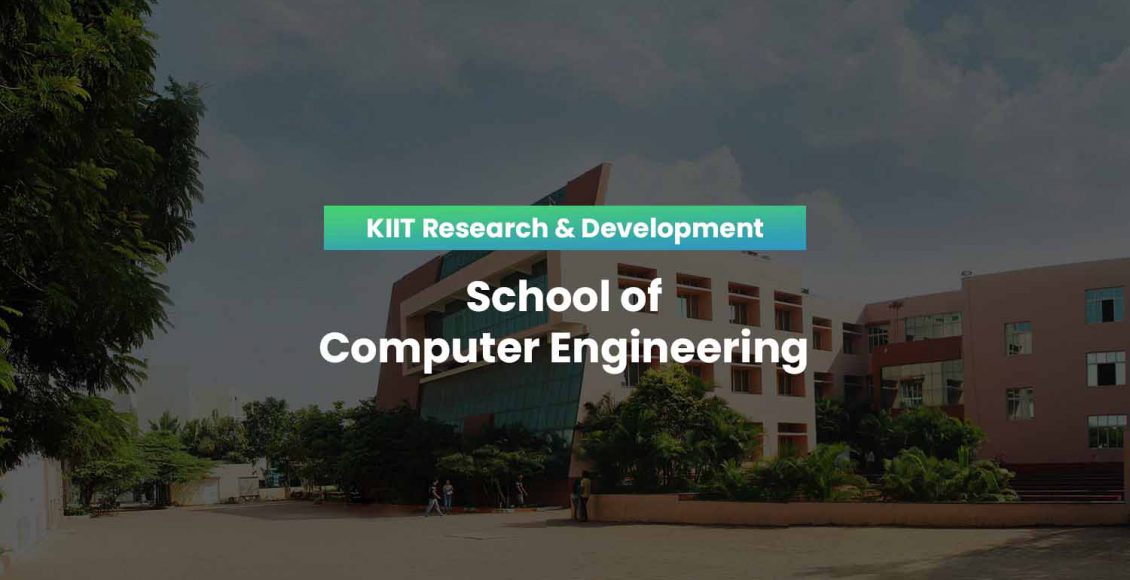School of Computer Science and Engineering (Aug – Sep 2022)
Journal Papers
- Joshi, D., Gholami, H., Mohapatra, H. & Ali, A. (2022). Streimikiene, D.; Satpathy, S.K.; Yadav, A. The Application of Stochastic Mine Production Scheduling in the Presence of Geological Uncertainty. Sustainability 2022, 14, 9819. https://doi.org/10.3390/su14169819
Abstract
The scheduling of open-pit mine production is a large-scale, mixed-integer linear programming problem that is computationally expensive. The purpose of this study is to create a computationally efficient algorithm for solving open-pit production scheduling problems with uncertain geological parameters. To demonstrate the effectiveness of the proposed research, a case study of an Indian iron ore mine is presented. Multiple realizations of the resource models were developed and integrated within the stochastic production scheduling framework to capture uncertainty and incorporate it into the mine plan. In this case study, two hybrid methods were developed to evaluate their performance. Model 1 is a combined branch and cut with the longest path, whereas Model 2 is a sequential parametric maximum flow and branch and cut. The results show that both methods produce similar materials, ore, metal, and risk profiles; however, Model 2 generates slightly more (4 percent) discounted cash flow from this study mine than Model 1. The results also show that Model 2’s computational time is 46.64 percent less than that of Model 1.
- Nayak, R.K., Tripathy, R., Mohapatra, H., Rath, A.K. & Mishra, D. (2022). Membrane Cholesterol Prediction from Human Receptor Using Rough Set based Mean-Shift Approach. Journal of Information Systems and Telecommunication (JIST), 10(3), 161-18, https://doi.org/10.52547/jist.27327.10.39.161
Abstract
In human physiology, cholesterol plays an imperative part in membrane cells which regulates the function of G-protein-coupled receptors (GPCR) family. Cholesterol is an individual type of lipid structure and about 90 percent of cellular cholesterol is present at plasma membrane region. Cholesterol Recognition/interaction Amino acid Consensus (CRAC) sequence, generally referred as the CRAC (L/V)-X1−5-(Y)-X1−5-(K/R) and the new cholesterol-binding domain is similar to the CRAC sequence, but exhibits the inverse orientation along the polypeptide chain i.e. CARC (K/R)-X1−5-(Y/F)-X1−5-(L/V). GPCR is treated as a biggest super family in human physiology and probably more than 900 protein genes included in this family. Among all membrane proteins GPCR is responsible for novel drug discovery in all pharmaceuticals industry. In earlier researches the researchers did not find the required number of valid motifs in terms of helices and motif types so they were lacking clinical relevance. The research gap here is that they were not able to predict the motifs effectively which are belonging to multiple motif types. To find out better motif sequences from human GPCR, we explored a hybrid computational model consisting of hybridization of Rough Set with Mean-Shift algorithm. In this paper we made comparison among our resulted output with other techniques such as fuzzy C-means (FCM), FCM with spectral clustering and we concluded that our proposed method targeted well on CRAC region in comparison to CARC region which have higher biological relevance in medicine industry and drug discovery.
- Mandal, M., Meedimale, Y. R., Reddy, M. S. K., & Vipparthi, S. (2022). Neural Architecture Search for Image Dehazing. IEEE Transactions of Artificial Intelligence, 1-11. https://doi.org/10.1109/TAI.2022.3204732
Abstract
Manual design of deep networks requires numerous trials and parameter tuning, resulting in inefficient utilization of time, energy, and resources. In this work, we present a neural architecture search (NAS) algorithm – AutoDehaze, to automatically discover effective neural network for single image dehazing. The proposed AutoDehaze algorithm is built on the gradient based search strategy and hierarchical network-level optimization. We construct a set of search space layouts to reduce memory consumption, avoid the NAS collapse issue, and considerably accelerate the search speed. We propose four search spaces AutoDehazeB, AutoDehazeU1, AutoDehazeU2, and AutoDehazeL which are inspired by the boat-shaped, U-shaped, and lateral connection-based designs. To the best of our knowledge, this is a first attempt to present a NAS method for dehazing with a variety of network search strategies. We conduct a comprehensive set of experiments on Reside-Standard (SOTS), Reside- β (SOTS) and Reside- β (HSTS), D-Hazy, and HazeRD datasets. The architectures discovered by the proposed AutoDehaze quantitatively and qualitatively outperform the existing state-of-the-art approaches. The experiments also show that our models have considerably fewer parameters and runs at a faster inference speed in both CPU and GPU devices.
- Priyadarshini, A., Pradhan, S.K., Nayak S.P. & Rout, S. (2022), MSLB: Multi-level scheduling for achieving load balancing in Cloud Environment. Neuro Quantology, 20(8), 8029-8040, https://doi.org/10.14704/nq.2022.20.8.NQ44828
Abstract
Cloud computing offers an efficient solution to the users for the storage, computation, and many such services. With the incoming user requests, cloud system is assigned with load. This makes the system overloaded, underloaded and balanced system. The situations of overloaded and underloaded cloud system may invite different problems like power consumption, device failure, etc. So, load balancing is an essential system needs for a healthy and robust system. It becomes a significant aspect of task scheduling in cloud computing. There are various factors for considering load of the system such as memory load, network load, computation load etc. Various researches proposed different solutions to balance the load in cloud infrastructure. Through this article an optimal load balancing mechanism MSLB is proposed with solutions. A brief explanation of different parameters is also provided by comparing existing solutions with proposed one. An innovative solution to balance the load of the virtual machines is described considering various user bases. Simulation results are obtained using Cloud Analytics and the results are presented to support that.
Patent Filed
Name of the inventors: Mohapatra, H. & Rath, A.K.
Title of the patent: NUB LESS SMART WATER TAP (Denmark patent, Through KIIT) (filed)
Abstract
The proposed system has been designed to control the water wastage through public stand-posts. India is a country that stands in the second position in terms of population count. As per water resource report of India, it can be concluded that, India has a sufficient amount of water but due to inadequate water distribution system, India is bearing huge amount of water wastage and scarcity. Further, our study, concludes us that the major cause of water wastage is public stand posts. The unaware attitude and carelessness towards public property leads to serious mismanagement towards water resources. In this line of thought, we have proposed a NUB LESS SMART TAP for public water outlet. Our deep study on existing technologies concludes us that the current advancements in tap designing are limited with sophisticated deployments as it is highly expensive and delegate to use. Our invention works on two sub-functions that are sensing and action making. For, sensing we have used an ultrasonic sensor and for action making, we have used an actuator. Our invention is solely responsible for sensing the consumption of water and monitoring the water tap accordingly.
AWARD RECEIVED BY THE FACULTY MEMBER
Name of the Faculty: Dr. Suchismita Rout

Title of the Award: BEST TEACHER AWARD by ODISHA Technological Conclave-2022, Bhubaneswar
About the Award:
BEST TEACHER AWARD was proudly presented to Dr. Suchismita Rout, Associate Professor, School of Computer Engineering, KIIT University in recognition for her outstanding contribution to technical education, administration & research on the eve of Engineer’s Day, 2022 in ODISHA TECHNOLOGICAL CONCLAVE-2022 organized by EVER GREEN FORUM. (15th September 2022, Jayadev Bhawan, Bhubaneswar)


